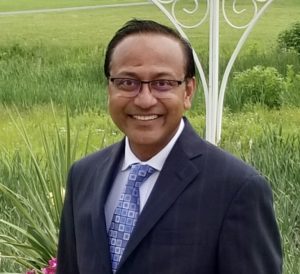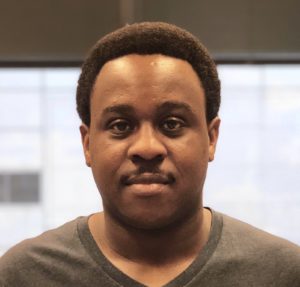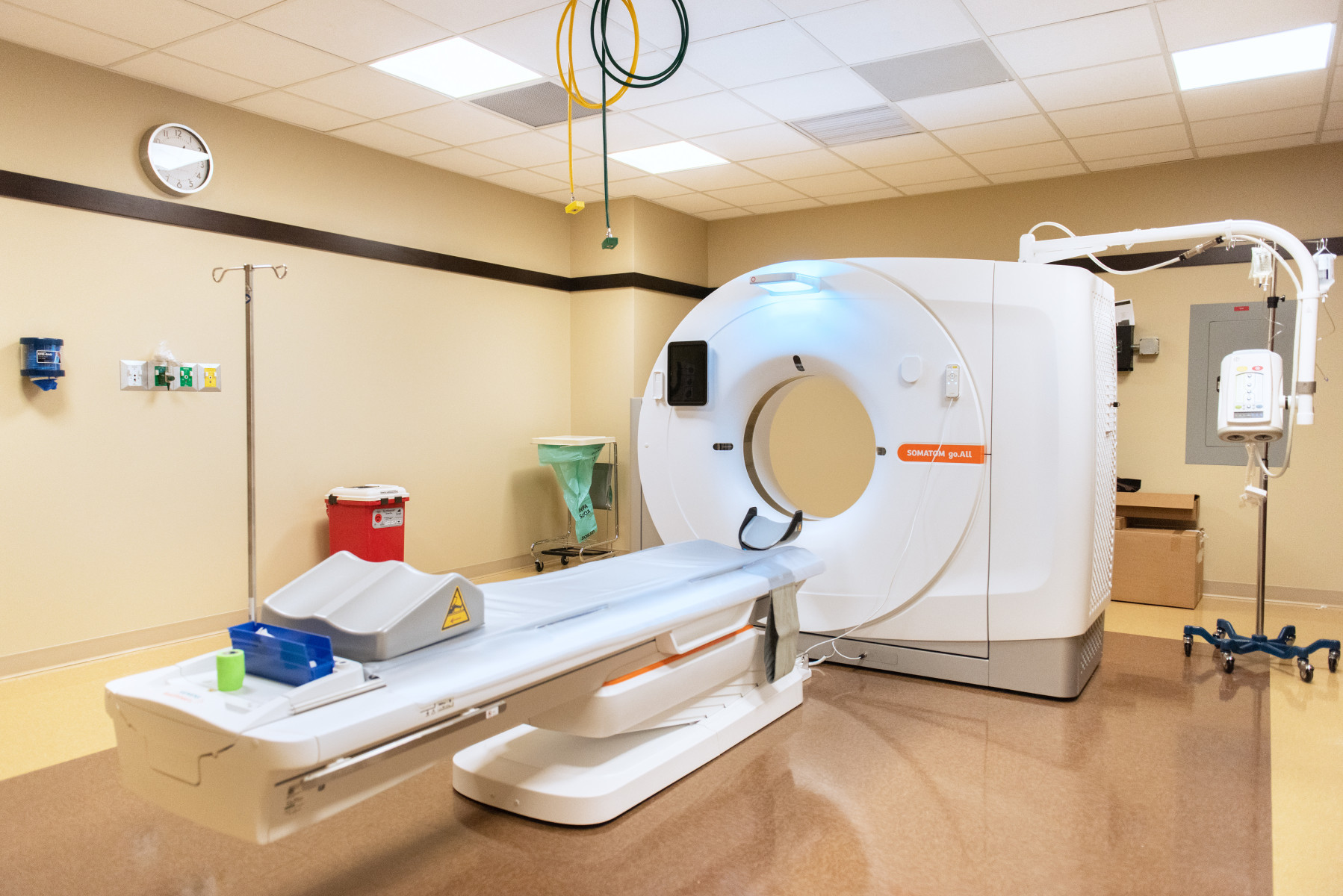
A recent Northwestern Medicine study published in Nature Communications has identified that a transcription factor protein called AP-1 regulates gene enhancers that may be responsible for promoting the development of uterine fibroids, a finding that may help develop epigenomic-based therapeutic interventions for women with the benign yet painful tumors.
“This study was an attempt to begin to understand what is happening to cell chromatin architecture in fibroids. Using a tissue-based approach, we identified multiple epigenetic mechanisms involved in leiomyoma development and started to focus on which mechanisms are important, with the hope of identifying those which may be therapeutically relevant,” said Mthabisi Moyo, PhD, a recent graduate of the Driskill Graduate Program in Life Sciences and first author of the study.
Uterine fibroids, also called leiomyomas, are benign tumors that can develop quickly in a woman’s uterus during her childbearing years. The tumors very rarely develop into cancer and are not associated with an increased risk of uterine cancer, and almost 70 percent of women will have uterine fibroids at some point in their life.
Side effects are often painful and include excessive menstrual bleeding, pelvic discomfort and, in more serious cases, infertility and recurrent miscarriages. Treatment for uterine fibroids is limited, with few medications available as therapeutic options and surgery currently being the only curative treatment.

Leiomyomas originate from a smooth layer of muscle within the uterine wall called the myometrium. They are clonal tumors, meaning that they arise from a single cell that differentiates into the various subpopulations. They are also characterized by an increased deposition of a disorganized extracellular matrix, which under normal conditions is responsible for supporting the structure of tissues throughout the body. High amounts of extracellular matrix, however, can cause cells in the uterine tissue to become stiff.
Epigenetically, the suppression of a transcription factor protein called AP-1 is highly prevalent in leiomyomas. However, the impact this has on gene transcription for the development of uterine fibroids has remained understudied and poorly understood, according to Debabrata Chakravarti, PhD, vice chair for Translational Research in the Department of Obstetrics and Gynecology and senior author of the study.
“Because we have not been able to comprehensively understand the disease at a molecular level, viable long-term nonsurgical therapies do not exist,”said Chakravarti, who is also a professor and associate director in the Division of Reproductive Science in Medicine and Pharmacology, and assistant director of shared resources at the Robert H. Lurie Comprehensive Cancer Center.
In the current study, the investigators used various advanced DNA sequencing methods to analyze protein-DNA interactions in samples of normal uterine tissue and mutant MED12 uterine leiomyoma tissue.
“We were very disappointed in the existing models using primary isolated cells in long-term cultures and cell lines. We know that they don’t accurately recapitulate what happens in all the tissues,” said James Brandon Parker, PhD, a research assistant professor in the Department of Obstetrics and Gynecology and co-author of the study.
In the uterine leiomyoma tissue samples, the investigators identified the suppression of AP-1 as a driver of transcriptional dysregulation in MED12 uterine leiomyomas, ultimately promoting leiomyoma pathogenesis.

“We need to better understand this disease and get a cohesive picture regarding which mechanisms are important, as opposed to focusing solely on one or two genes,” Moyo said.
The findings have also motivated the authors to further investigate the unique and integrative mechanisms that drive fibrosis throughout the body by using viable animal models and human samples.
“I think it would be interesting to know whether there’s a common mechanism amongst all these discrete genetic manifestations that lead to a similar outcome in fibroids. My hope would be that within the commonalities, there perhaps is a node that does present itself as druggable, but how you translate this basic finding into something that ultimately provides a clinical benefit is going to be a major challenge going forward,” Parker said.
“But if we can find situations that allow tumors to grow only to a certain extent and apply that knowledge to counter more aggressive cancers by keeping them benign, just think about what kind of benefits the present population would have,” Chakravarti added.
Chakravarti also acknowledged long-term collaborations with Serdar Bulun, MD, chair of Obstetrics and Gynecology; Jian-Jun Wei, MD, the Floyd Elroy Patterson Research Professor of Pathology; and Julie Kim, PhD, the Susy Y. Hung Research Professor in Reproductive Science in Medicine, for advancing leiomyoma research at Northwestern.
This work was supported by the Uterine Leiomyoma Research Center, Northwestern University NUSeq Core Facility and NIH grants R21HD082781, R01HD089552, and P01HD057877.






